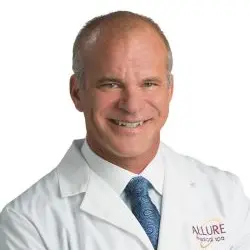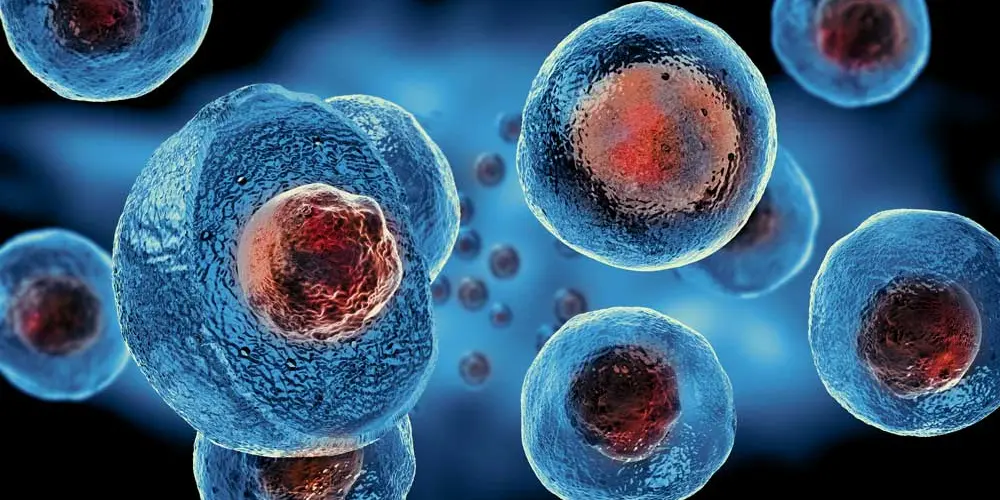The FDA and Stem Cells for Arthritis
Stem cells for painful degenerative arthritis have been under attack by the US government (by the FDA) for several years. And the government has won (sort of).
Until recently, physicians were using the patient’s stem cells, derived from fat or bone marrow, to rejuvenate arthritic joints without the interference of the government regulators.
See the LA Times story “US judge rejects FDA bid to shut down stem cell clinics, dealing a blow to regulators”.
Stem Cells from Fat
Doctors had been able to remove small amounts of fat with liposuction, separate the fat from the stem cells (referred to as Stromal Vascular Fraction or SVF), and inject the stem cells successfully into joints to relieve symptoms of arthritis.
The government’s position had been that doctors operating on a patient and using a process to separate stem cells from fat (an enzyme called collagenase is used) were creating a drug, and that drug needs to be regulated.
For years this battle went on, with doctors saying (and winning over and over again in court) that surgery is not a drug. The FDA’s position was “it’s a surgery until we feel there is too much manipulation of the tissues, then it is no longer surgery, it is drug manufacturing”.
Until recently:
The FDA finally won a judgment against a doctor in Florida with the judge agreeing with the government’s position that separating the stem cells from fat with the common enzyme is creating a drug and it can now be regulated by the government.
What does this mean for stem cell therapies?
We could ask if the government was acting in good faith by protecting consumers from unregulated drug manufacturers (ie. a surgeon in the office or operating room) or if this was big government protecting the future for Big Pharma (there are several start-up companies and established companies racing to create an FDA approved stem cell product to be sold for profits to clinics and hospitals).
But stem cells aren’t over. First, there are various forms of stem cell therapies that are FDA approved.
And there are still ways to use your own fat tissue to obtain the beneficial effects of stem cells without running afoul of the FDA.
One example is Lipogems® which is a device that allows collecting the fat, preparing it to break up the larger fat cells (effectively destroying them) which then activates the SVF (stem cells, pericytes, and other cells). Read these articles for the FDA stance of Lipogems®:
https://www.accessdata.fda.gov/cdrh_docs/pdf16/k161636.pdf
https://understandlipogems.com/lipogems-announces-new-fda-clearance-2/
There have been numerous studies showing the effects of stem cell’s effectiveness when the cells are separated from the fat tissue. Lipogems® and others have shown that breaking and destroying the fat without disturbing the stem cells and other beneficial cells, likely works in the same fashion.
Clinical and laboratory studies have shown that microfat transfer (sometimes called nanofat) from your fat deposits retains the rejuvenating cells (pericytes, stem cells, SVF) that had been separated from the fat in the prior procedures, and is also cleared for use by the FDA for a variety of uses.
Resources:
“Angiogenic and anti-inflammatory properties of micro-fragmented fat tissue and its derived mesenchymal stromal cells”. Ceserani et al. Vascular Cell (2016) 8:3
“Safety and Efficacy of Percutaneous Injection of Lipogems Micro-Fractured Adipose Tissue for Osteoarthritic Knees”. Nov 2018 The American Journal of Orthopedics. Panchal, J et al/
“Higher Pericyte Content and Secretory Activity of Microfragmented Human Adipose Tissue Compared to Enzymatically Derived Stromal Vascular Fraction”. Vezzani, Shaw, Lesme, et al. STEM CELLS TRANSLATIONAL MEDICINE
“Adipose Tissue and Mesenchymal Stem Cells: State of the Art and Lipogems® Technology Development”. Curr Stem Cell Rep (2016) 2:304–312. Tremolada C. et al
“Immunophenotyping of a Stromal Vascular Fraction from Microfragmented Lipoaspirate Used in Osteoarthritis Cartilage Treatment and Its Lipoaspirate Counterpart” Genes 2019, 10, 474; doi:10.3390/genes10060474. Polancec D et al.






